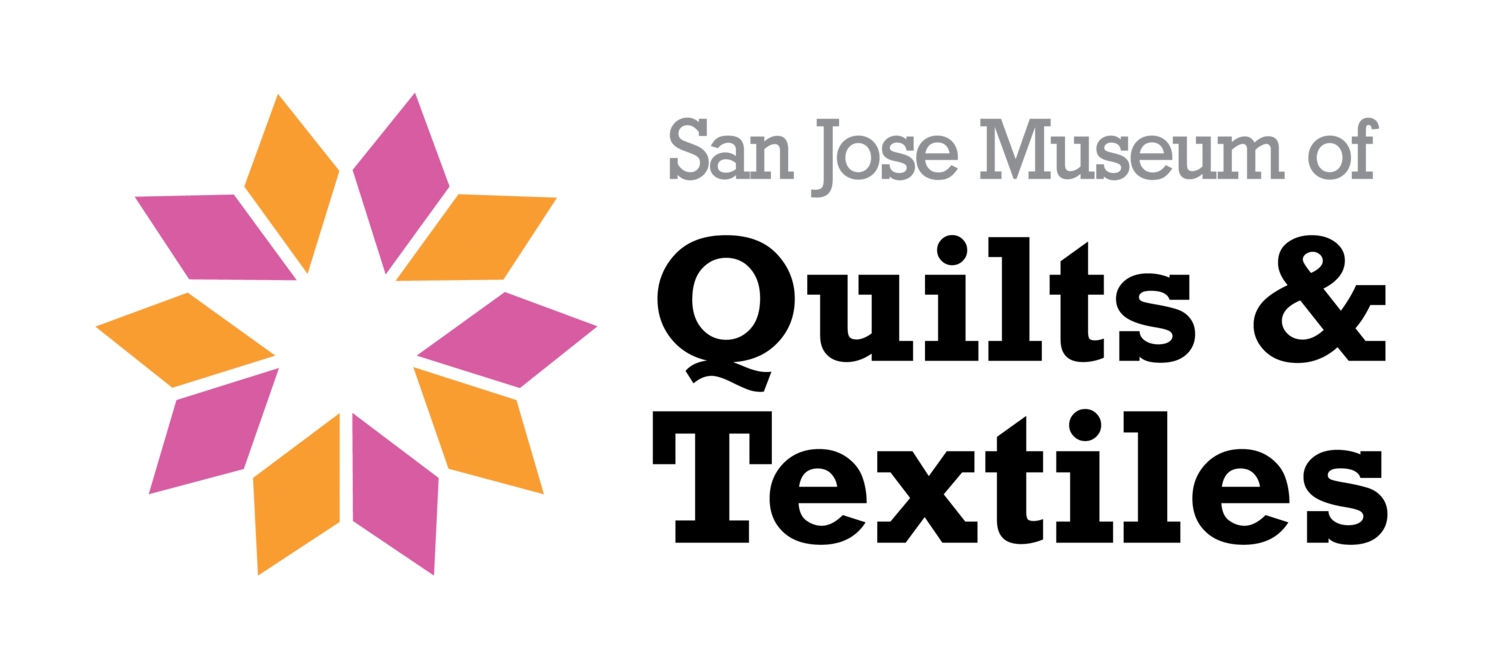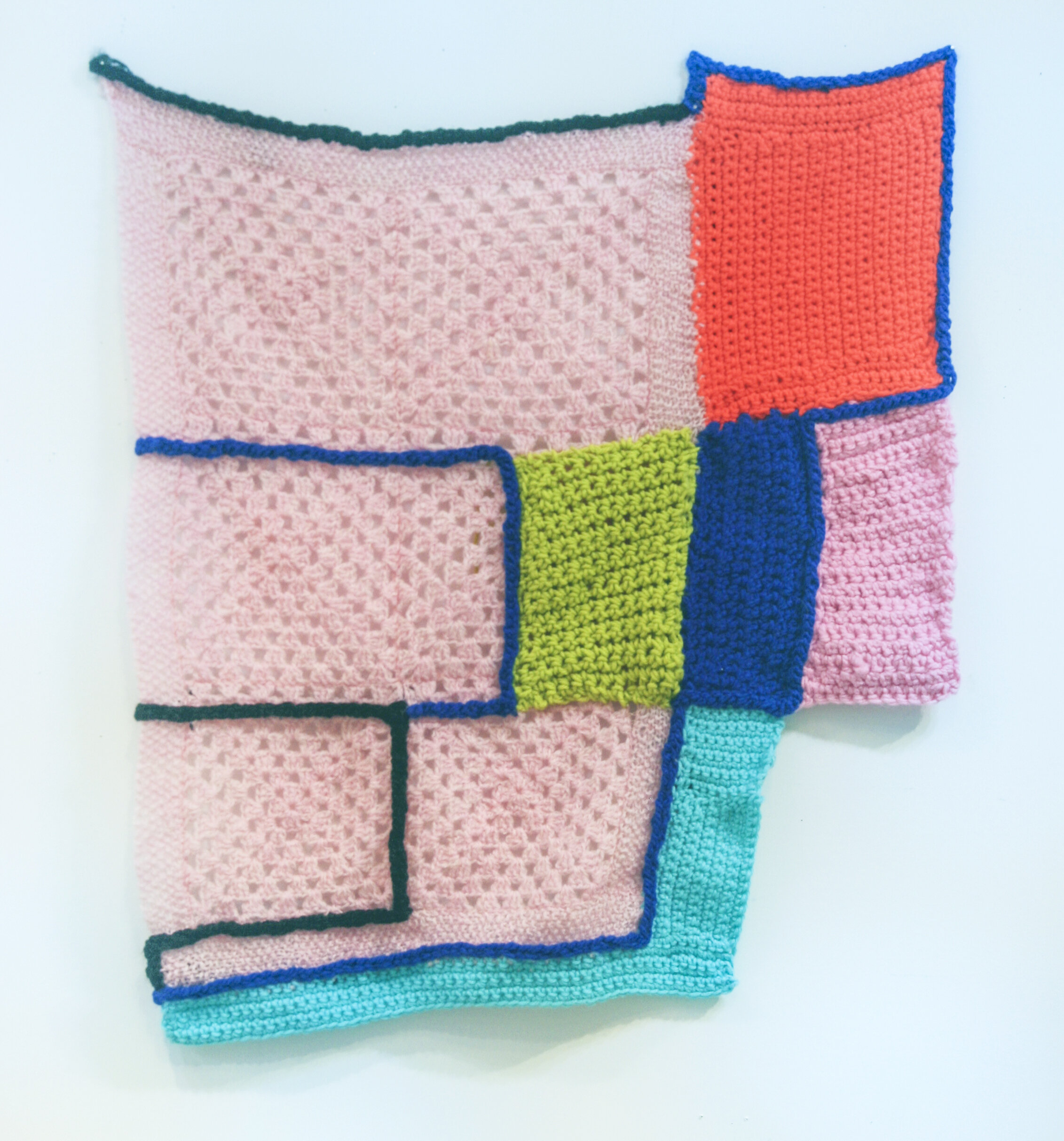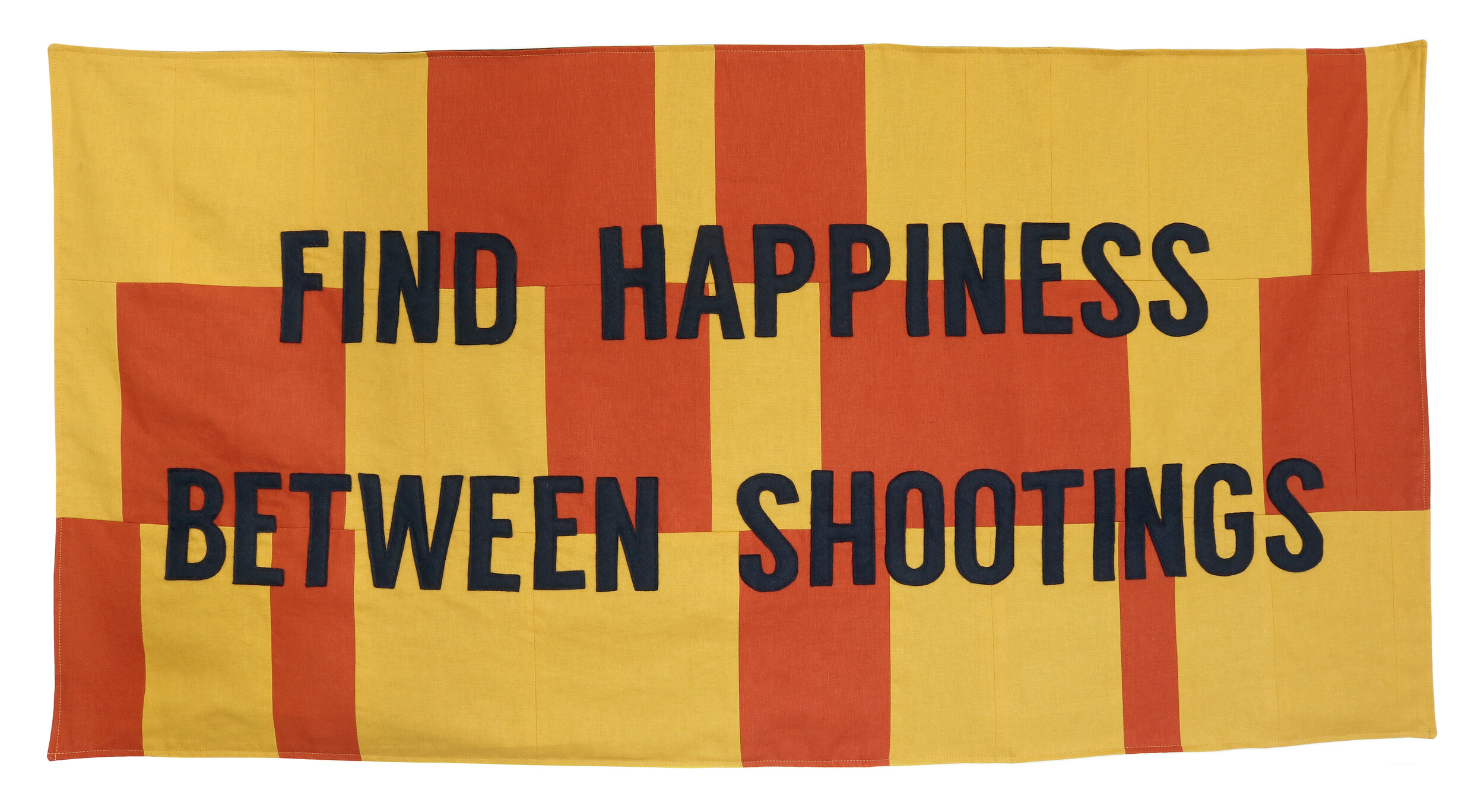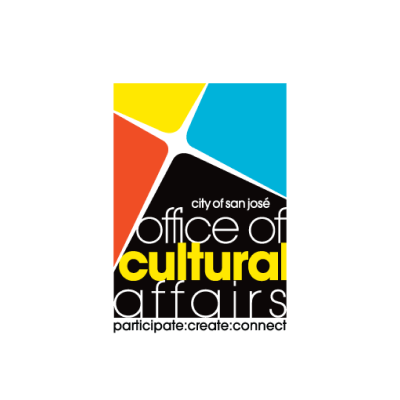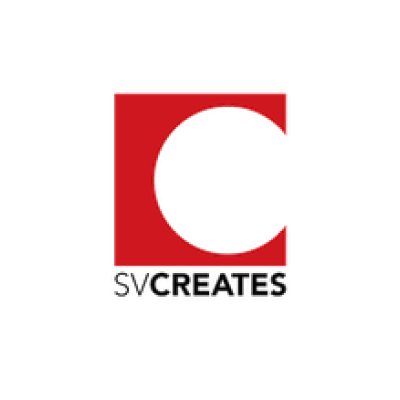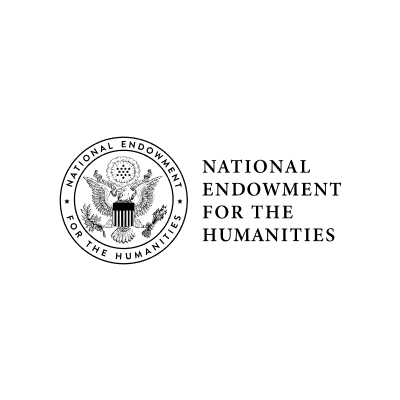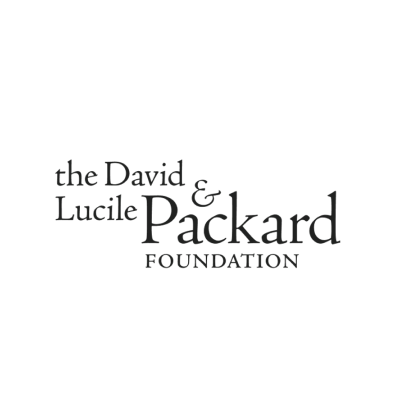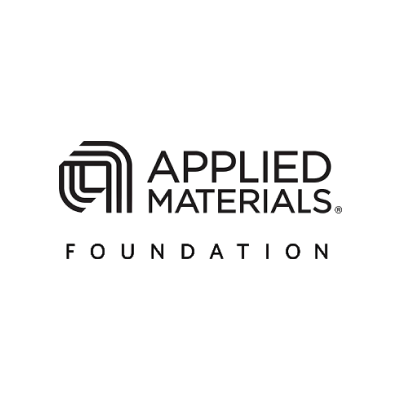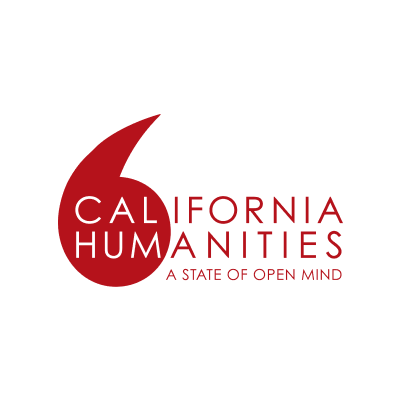Gregory Climer is a professor at California College of the Arts and also will be in the upcoming exhibition, Queer Threads. Stay tuned for his future artist residency at SJMQT.
Two bodybuilders
What are materials and processes utilized in your body of work?
My old Singer sewing machine is a workhorse. It does one stitch, in one direction-- Doesn't even have a backstitch. I've had it since 2006 but I think it was made in the 1950s. I bought it from Hecht Sewing Machines in NYC. Teddy and Anita Hecht were Garment District godparents to pretty much every fashion designer I know. They insisted it was the right machine for me and they were right.
I couldn’t do my work without photoshop. I spend a lot of time on the computer, doing layouts, tweaking layouts, and designing textiles.
Describe the main differences between your "old" studio to your Shelter in Place studio.
I teach at California College of the Arts. Before all this craziness, I would bounce between my apartment and the studios at school. When I needed great table space or the industrial walking foot machine, I would go to school. When I was piecing or doing smaller work, I worked from my home.
With Shelter in Place, the school went into lockdown. Even though I would have been the only person there, they were not legally allowed to let me work on campus. But they did something incredibly generous: they let me bring home the industrial walking foot machine. The apartment is a little crowded now and sometimes I’ll have to move all the furniture on top of my bed to make room on the floor to work, but c’est la vie.
Self Portrait, 2019
What has surprised you about your art practice since the Shelter in Place order?
I started out the lockdown with an almost obsessive drive to sew and make work. I suppose it was a survival instinct. Some sort of meditation or keeping myself busy to avoid noticing the endless time of being in a small apartment.
That waned when I started working again. Now it's more even-keeled.
What are the largest obstacles you need to overcome (immediately, near future, distant future)?
I’ve always been challenged by time and business. Not sure which is immediate and which is distant. I think they are the things that never get easier, no matter how much progress I make.
I work constantly but it's not always the best use of my time. I need to make time for ideating new techniques or projects and testing out those seedlings of ideas which are in the sketchbook.
I’m a terrible business person. I make the work but I don’t do the hustle. Getting it into galleries or into people’s homes is a huge obstacle for me. When I’m faced with the options of sit down and sew, or update my website, I choose to sew.
What do you do when you get "stuck" in your creative process? Where do you turn for inspiration?
I always keep multiple projects going so when I am stuck on one, I can shift to the other. There are aspects of my work which are very mechanical. The hours of sewing are meditative while the other parts require intense creative focus. If one area is stuck, shift to the other.
What advice would you give to other creatives at this moment in time?
The same advice I always give people, which is to just do the work. Don’t compare it to others. Don’t judge it. Just do it. There is a fixation with being original or having a message or our work being important. That all comes naturally when you let go and just do the work.
When I started making pixelated images, I wasn’t thinking about the things which now motivate me. I was thinking about Super Mario Brothers and 8-bit images. Then it got more complicated and everyone kept saying “it's like Chuck Close.” I adore Chuck Close’s work but I wasn’t trying to mimic him.
Eventually I reached a point where my work had a look and feel which was mine. That all happened organically because I just kept doing the work.
What drew you to the fiber art medium over others?
I can’t draw but I can sew.
I studied costume design. I worked in theater costuming and fashion design for decades. It's always been the medium which I had the most personal relationship with.
What non-art related activity do you do to invigorate your body/ mind?
I’m a cyclist. I try to go cycling every day. I have some of my best thoughts when I am cycling as fast as I can through the park.
Two bodybuilders, detail
What is your favorite place to look at art work on the web? In person?
I love going to the galleries in NYC. My two best friends, George and Timo, would join me about once a month to go gallery hopping. The NYC galleries are great because you get this insane mix of brilliant work and questionable decision making. You never know what you’d see. Open studio days are always exciting because you get to see artists taking risks. It's the work before it's been curated and filtered for marketability.
I remember going to a show at the farthest, western edge of Chelsea. It was this tiny little gallery and the show was just perfect. I had biked to the gallery and got caught in a massive thunderstorm. But I showed up, soaked through, and went in anyway. I stood in the gallery for maybe 30 minutes, soaked and leaving a puddle on their floor, just trying not to weep. I was so moved by the show. I don’t know if they let me stay because they thought I was crazy or what. Those magical moments are something I associate with visiting galleries on weekdays when no one else is around.
I also remember showing up to Urs Fischer’s show with the dancing office chairs a minute or two after the gallery opened. I was the only one in the gallery for quite a while, so I had this weird and magical ballet performance by robotic chairs all to myself. Seeing art in person is so important.
Whenever you can, see it on a weekday at odd hours. The way museums are now limiting attendance is a silver lining to Covid.
What are you looking forward to doing again once Shelter in Place is over?
Hugging people. Seeing friends. Seeing family.
